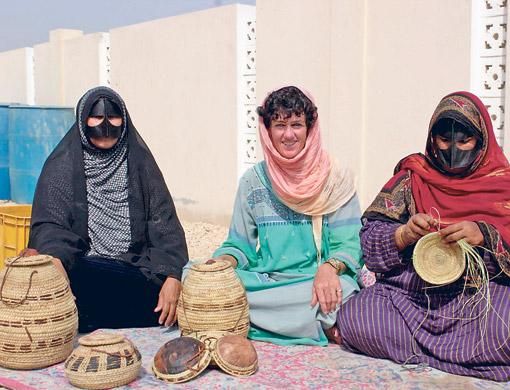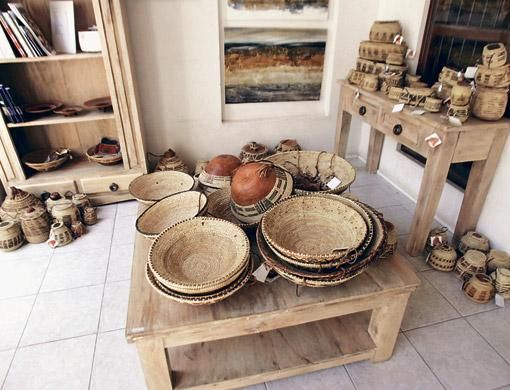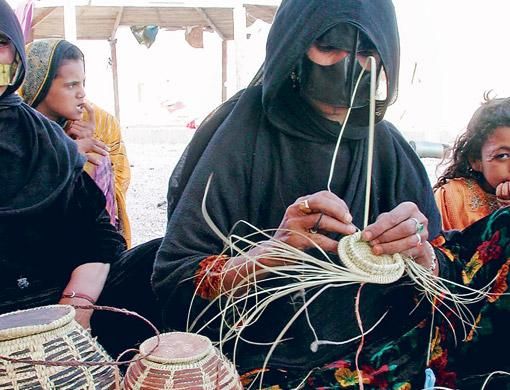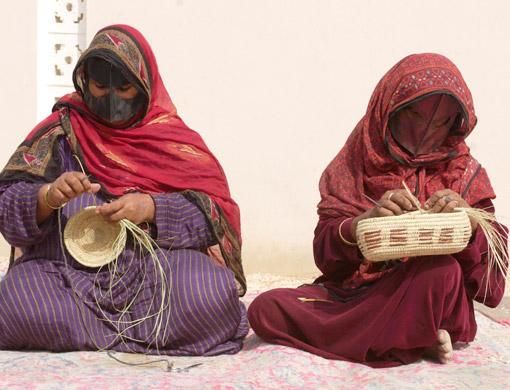Dubai: The women huddle with their granddaughters under the shade of a tree, chatting away and drinking qahwa while weaving traditional baskets and handicrafts - an art which they zealously try to keep alive despite the modern changes around them.
The practice of weaving baskets is a common one among the Bedouin women of Oman, and it is gaining greater exposure thanks to Lilianne Donders.
"I lived for 30 years with the Al Jenaibah tribe, in the region of Ramlat Al Shaqiyah, and was amazed by their warm hospitality and their handicrafts. It would be very sad if basket-weaving disappeared, so I encourage the women to teach the art to their children so that it can be passed from one generation to the next."
Donders was born in the Netherlands in 1954 but considers herself an Arab after she was "adopted" into the Al Jenaibah tribe.
Although she lives in Dubai, Donders regularly travels back and forth to visit her "family" in Oman, and looks forward to wearing the traditional Omani dress of the Bedouin. She also plays a major role in providing the women with an income by finding new markets for their products.
Their handicrafts can currently be found at the Majlis Gallery at Bastakiya area, in Bur Dubai. Unfortunately, it is unlikely to reach Donders at the gallery as she has to tend to her pregnant 17-year-old camel, Zubaida, who is expecting her second calf any moment now.
"First, the women weave the baskets and keep the ones they need. Whatever is left is then handed over to me to sell. I deal with more than 50 villages, so the money made from each area is divided equally."
The woven items range from the flat bowls or karma, used to store camel milk, to the round baskets or fatia, which are used to store jewellery or spices and herbs. Another item is the large woven durreh, which is a suitcase placed on the side of camels during long journeys, usually used to store clothes.
"The woven handicrafts take up a lot of time to make, so women usually devote their time during the day to complete their chores and leave the task of basket-weaving for the afternoon."
The baskets are made from dried palm leaves cut by ripping them into thin strips using a finger nail. The strips are then softened by soaking them in water. They are coiled in a leather pouch and then finally plaited. In times of drought, the palm leaves are soaked in camel milk.
"Weaving is a...solitary undertaking, as the ground loom binds the artisan to one place. With great skill the wool is spun and woven into a large variety of articles, such as blankets, and now, alas, very rarely into thick carpets used to seat guests."














